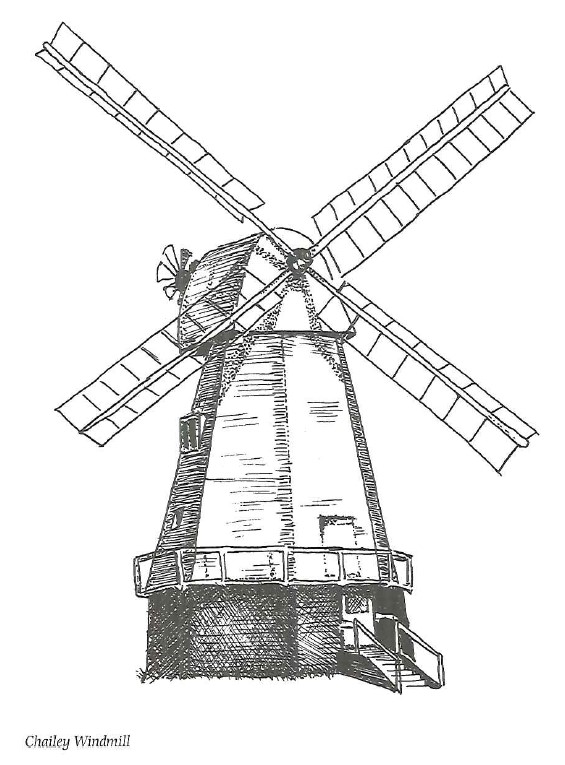Living in a picture postcard community can have its drawbacks. There is no shop, no post office and no village hall. For a while there was no pub, either, until Tina Rainbow and her partner Richard Hayward reopened The White Dog Inn in 1985 – and in doing so she became the youngest licensee in the country at 19 years of age.
The 17th century establishment used to be called The Castle Inn until the late 1960s when the name was changed to avoid confusion with the pub of the same name just up the road at Bodiam. The fact that the licensees Paul and Pauline Collins had a pet dog which happened to be white seems to have influenced their choice. If you are sitting by the fireplace, incidentally, listen out for the pub’s mysterious footsteps, a methodical tread coming from an upstairs room.
The village has a recreation ground to be proud of today, though 25 years ago it was little more than a farm field. It was left to the parish as a recreation ground by Lieutenant A. Herdman who was killed in the First World War, but after the closure of the village school the field went out of use and was let for grazing every year by the parish council. A petition signed by most residents brought about a return to the use for which it was intended.
Ewhurst folk were either particularly prosperous or particularly generous three centuries ago. After the Great Fire of London in 1666 they contributed ‘seven shillings and eightpence for the relief of the poor of St Bartholomew Exchange and St Bene’t Fink of London for their losses sustained by the fire’. A humane gesture for a remote community whose inhabitants had probably never been to London.
The church of St James the Great has a conical spire with a distinct kink in it, and in the record books can be found Miss Fight-The-Good-Fight-Of-Faith White. Hopefully her Puritan parents allowed her to be known by a name which was less of a mouthful, on weekdays at least. Here can be found also the story of an Edwardian tragedy in the form of a ‘corona’ or chandelier within and a window. Five-year-old William Jacobson drowned in a pond in his father’s garden at Lordine Farm in March 1905. In the window he is pictured sitting on Christ’s knee with texts that show the grief stricken parents’ efforts to understand their loss. They had emptied their dead son’s money box and put the contents towards buying the corona for the oil lamps which then lit the church. It hangs in the nave and is now electrified.
